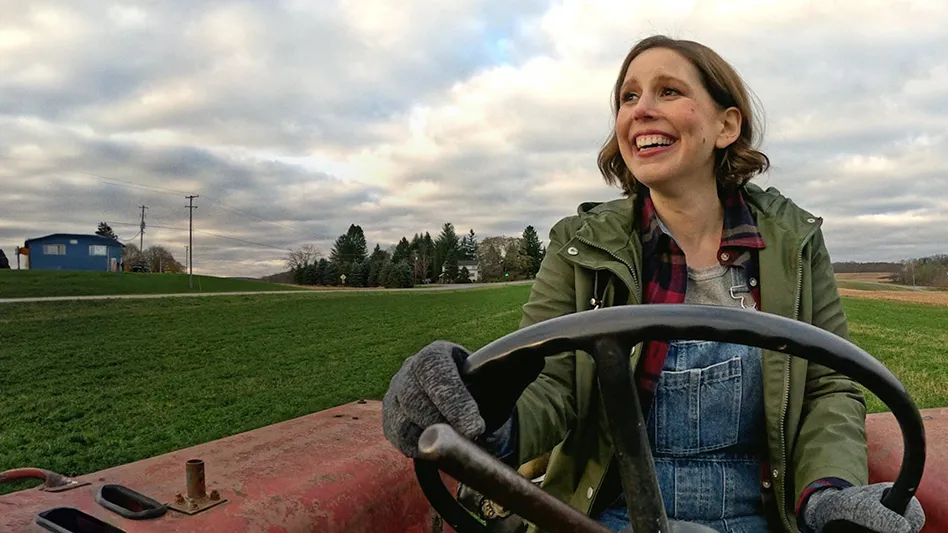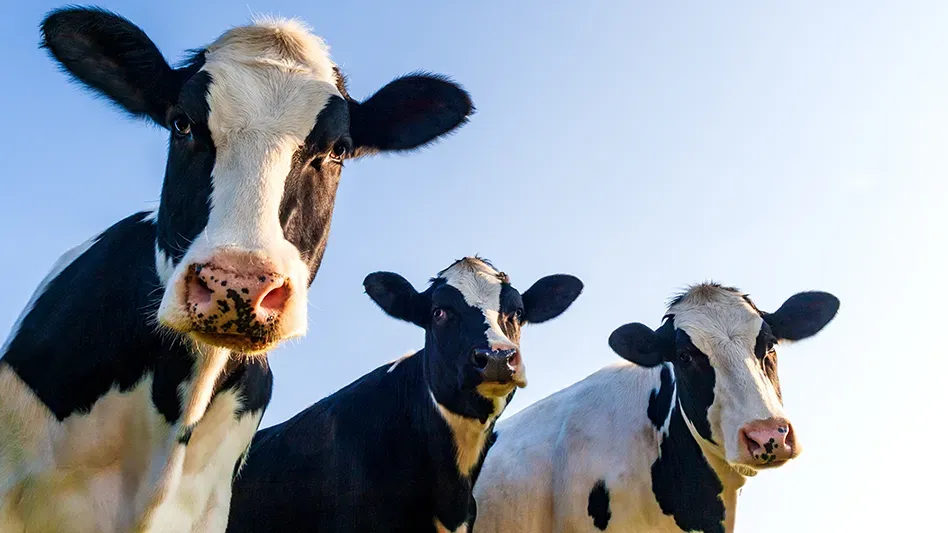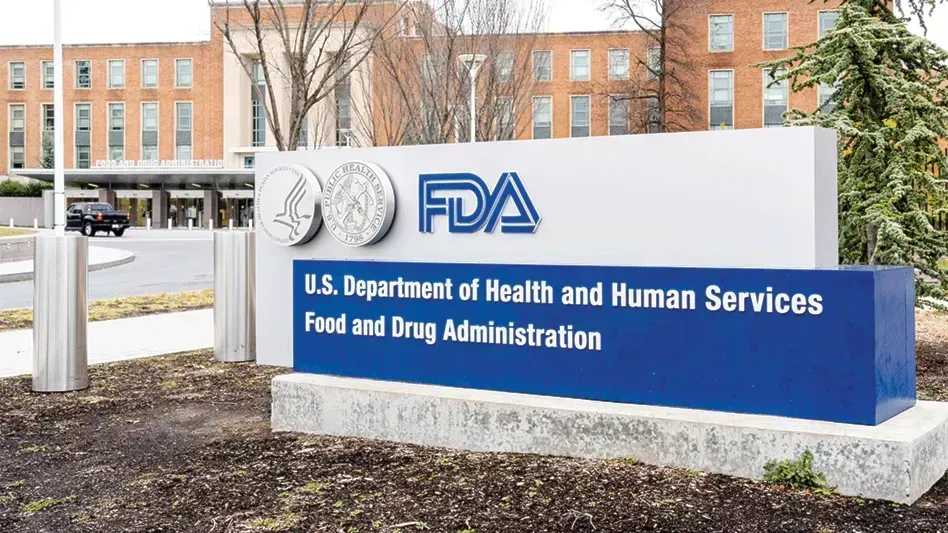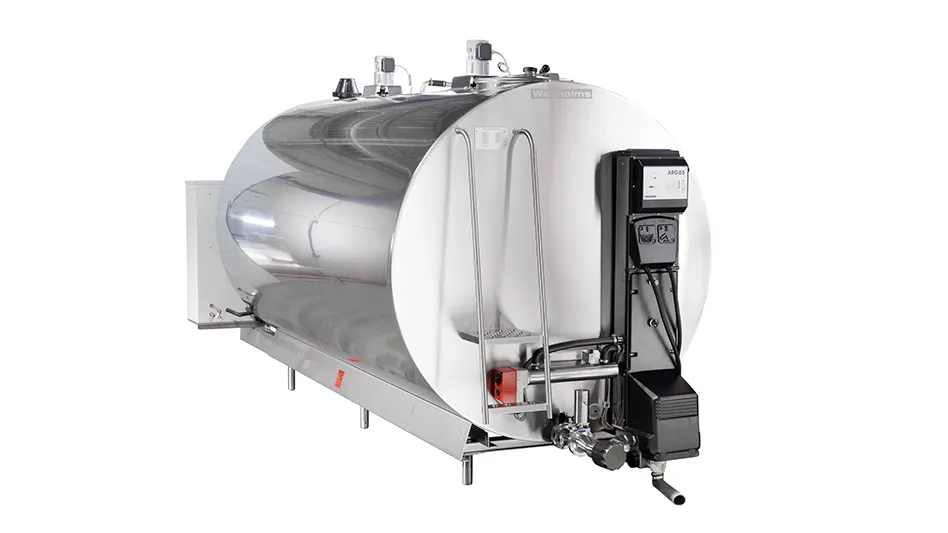

A leafy green E. coli outbreak made headlines again late in 2020, but it was the 2006 spinach outbreak that left 202 people ill, resulting in three deaths, that paved the way for FSMA’s Produce Safety Rule, also known as Standards for the Growing, Harvesting, Packing and Holding of Produce for Human Consumption. As a result of that outbreak, California farmers formed the California Leafy Greens Marketing Agreement, which aimed to put more responsibility on farmers for the safety of the products they produce.
“It was the first time that there were auditable metrics put on the growing side of the produce world beyond just regular USDA gap audits,” said Will Daniels, president, produce division at IEH Laboratories and Consulting Group. “This was more focused on controlling for food safety and the hazards that may exist on farms.”
Daniels, who worked at Earthbound Farm as chief food integrity officer at the time of the recall, said that agreement inspired a similar one in Arizona since parts of the industry move there during the winter. Much of what was included in the agreements — monitoring irrigation water and soil amendments and requiring growers to have food safety professionals on staff — are also part of the FSMA rule. And while FDA spent a lot of time talking to growers and getting input, many of the controls still aren’t entirely welcomed.
“If they don’t understand the risks and see that there’s a problem, then it’s just a cost,” Daniels said of some farmers and growers. “Most farmers are farmers because they don’t want to talk to people. They don’t want regulation.”
But, he stressed how important these controls are to overall food safety.
“You don’t have food safety unless you have control from farm to fork,” Daniels said. “Everybody has to pay attention. And so that’s really what FSMA is doing. … Everything you grow should be as safe as it can be.”
That being said, there have still been multiple outbreaks associated with leafy greens since the agreements and signing of FSMA. That fact is one of the reasons Daniels believes FDA is still working on one of the largest components to the Produce Safety Rule, agricultural water.
“It’s one vector of several that can contaminate,” Daniels said. “So, it’s not the end all, be all, but it’s one of those areas of risk, and that’s why there’s such a hold up on it. My guess is that they’ll probably have something out this year.”
Essentially, this part of the rule is set up to make sure water used in irrigation and other farming processes doesn’t have E. coli or other pathogens. The runoff from grazing fields is one potential source of contamination.
“If you’re using irrigation from an open water source, that being a canal or a reservoir, you have to treat that water before it goes out in the field,” Daniels said. “An irrigation event could be thousands of acre-feet in a field. A lot of water.”
And, Daniels noted, there’s still debate on how contaminated water leads to a crop that actually makes people sick.
“There are folks that believe that there’s potentially uptake of the plant roots of contaminants that can lead to ill consumers, but studies show that the plants natural defenses will eliminate the pathogen in a few days,” he said. “We know that radiation reduces surface contamination if its on the outside of the plant if allowed enough time.”
Another part of the rule that Daniels said needs continued focus is soil amendments. The industry, he said, relies on soil amendments that come from animal sources such as cow and chicken manures, fishmeal and more. For many farmers, it represents a win-win of fertilizing crops and eliminating a waste stream.
“However, it does come from sources that are pathogenic,” Daniels said.
While the leafy greens amendment, and subsequently FSMA, include controls that require a COA saying soil amendments are free of pathogens, that’s about as far as it goes.
“I don’t feel that just asking for a COA for that particular lot that’s being delivered is enough.” Daniels said. “I think we need to go back to those suppliers and ask for more control from them.”
At the end of the day, Daniels said FSMA’s Produce Safety Rule should help nudge growers to look at their food safety plans and programs and give them more insight into the processing side of things, bringing the entire industry closer together on the idea of food safety.
For example, a grower can do everything right, but if somebody at the production facility ignores a control, or a trucker allows product to be unloaded and left on a dock exposed to the elements, or a retailer displays bagged salads in an unrefrigerated island, any one of those acts could lead to an ill consumer.
“FSMA is forcing all sectors of the supply chain to better understand the impact and the responsibility they have in food safety,” he said. “It helps processors understand the risks on the growing side.”
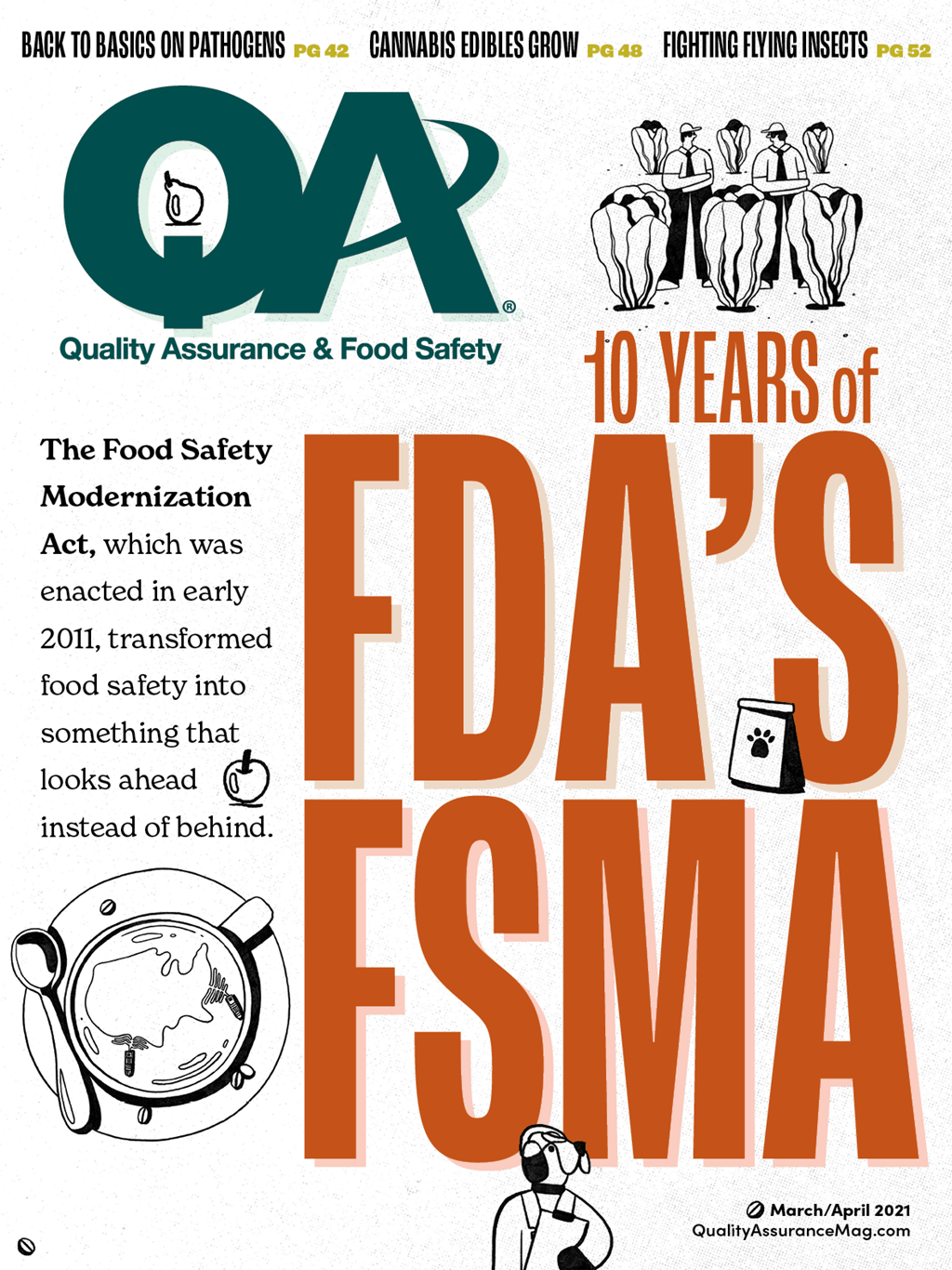
Explore the March April 2021 Issue
Check out more from this issue and find you next story to read.
Latest from Quality Assurance & Food Safety
- Food Safety Summit Keynote Focuses on Food Safety Leadership
- FDA Publishes Landmark Final Rule to Enhance the Safety of Agricultural Water
- The Wendy's Company Reports 2023 Corporate Responsibility Progress
- Local Bounti Opens New Controlled Environment Agriculture Facility
- Tröegs Partners with Patagonia Provisions to Introduce Kernza Lager
- Neogen Launches New Molecular Method for Detection of Two Salmonella Serotypes
- Standard Meat Company Appoints Keith Blanks as Chief Commercial Officer
- USDA Finalizes Policy to Protect Consumers from Salmonella in Raw Breaded Stuffed Chicken Products
